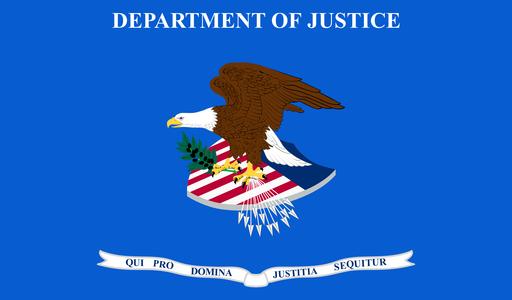Bad boys, bad boys
What'cha gonna do?
What'cha gonna do when they come for you?
When the bad boys are pharmaceutical and health companies as well as a collection of physicians; and the “they” in “they come for you” is the Department of Justice (DOJ) the answer is, settle.
In 2017 two-thirds of their settlements, $2.4 billion, came from the health sector. But before we take a look at the bad boys themselves, remember, a settlement does not necessarily mean guilty. We also need to know a few legal definitions.
- Fraud is intentional deception of another person to that person’s detriment
- Waste is “squandering resources or the use of resources without gain or advantage or incurring unnecessary costs as a result of deficient management practices or controls.”
- Abuse is a pattern of behavior that is unsound or unethical
- Neither waste or abuse require intent; they may be unintentional.
But the crucial legal term is qui tam, short for,
Qui tam pro domino rege quam pro se ipso in hac parte sequitur
translated as “[he] who sues in this matter for the king as well as for himself.” We know it better as whistleblowers. And it was the whistleblowers who accounted for information leading to 92% of the settlements, in the process these individuals received $283 million in payments. The DOJ gets about 12 new qui tam complaints weekly. While it was a good year for settlements, it was not as good as 2016 where an additional $1B was generated from cases brought based upon government investigations. Let us consider a few of this year’s bad boys, beginning first in the individual events.
- Gary Marder, DO, a dermatologist - $18 million settlement for fraudulently billing for services not performed or provided. He was reported by a fellow dermatologist in a qui tam filing
- Robert Windsor, MD, a neurophysiologist -$20 million settlement for unnecessary diagnostic tests (waste and abuse) and billing for monitoring services provided by an unqualified assistant in his absence (fraud). He was identified by the Inspector General’s office based on his billing patterns.
- Meir Daller, MD, a urologist - $3.8 million for unnecessary lab testing. He is one of my favorites. He began ordering a fluorescence in situ hybridization test which detects genetic abnormalities in patients with known bladder cancer and is used to search for the recurrence of the tumor. In 2009, he began ordering this test quite a bit, 13,000 times, making him the number one ordering physician in the nation. He received up to $2 million in bonus from the laboratory, 21st Century Laboratory. The whistleblower was a former medical assistant who works in another urologists office. Her information lead to the settlements with Dr. Daller (I use the term doctor reluctantly at this point) along with two other urologists, she received $4 million in payments.
In the corporate category, we begin with Dr. Daller’s ‘co-indicted’ collaborator
- 21st Century Laboratories, $19.7 million, for unnecessary laboratory testing and of course the kickbacks to Dr. Daller and his ilk.
- MedStar Ambulance, $12.7 million, for fraudulently billing for unnecessary services and higher level service than as actually provided. A former employee in the billing department filed the qui tam receiving $3.5 million as payment from the settlement. The two brother owners of Medstar, Nicholas and Gregory Melehov were also found individually responsible for the amount of the settlement.
- eClinicalWorks, the second largest provider of online prescribing software and a vendor of electronic health records, $155 million, for falsely obtaining certification that their software complied with the current US standards. Oh yes, they also paid out nearly $400,000 to influence recommendations to use, what it turns out was a deficient product. A software technician identified the fraud in a qui tam suit, receiving $30 million from the settlement. The three co-owners of the company, Girish Navani, Rajesh Dharampuriya, Mahesh Navani all were found to be individually liable in the settlement.
- Life Care Centers, a skilled nursing facility, $145 million, for fraudulently billing for services and classifying patients as more ill than they were. Again, two former employees filed the qui tam complaint earning themselves $29 million. The $145 million was the largest civil settlement against a nursing facility brought by the DOJ. Forrest Preston, the billionaire owner of Life Care Centers, was also found liable in the agreement.
- Shire Pharmaceuticals, $350 million, for fraudulently inflating their products prices, kickbacks to physicians, and marketing off-label uses for their product, Dermagraft, used as a skin substitute in wounds, especially for diabetic foot wounds. Six separate qui tam filings were made, and payments have not been released.
And finally, number one, everyone’s bad boy and our 2017 biggest loser.
Mylan Pharmaceuticals, $465 million, for fraudulently claiming that the Epi-Pen was a generic device and only had to rebate 13% of its cost instead of the 23% that was required. And who was the dastardly whistleblower, the $37 million recipient? Sanofi-Aventis - the pharmaceutical company who manufacturers Epi-Pen for Mylan, was the qui tam complainant.
Source: Justice Department Recovers Over $3.7 Billion From False Claims Act Cases in Fiscal Year 2017



